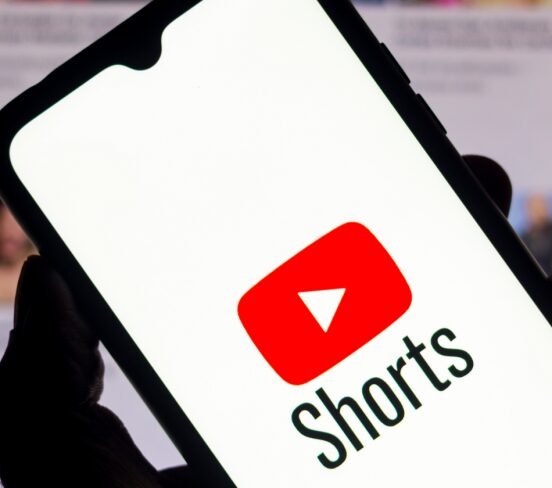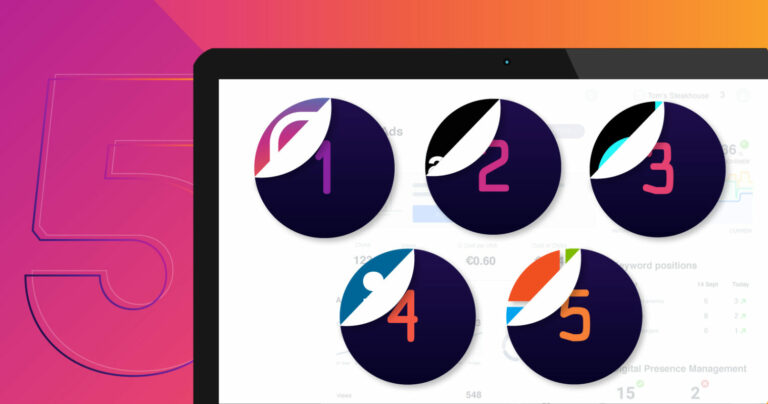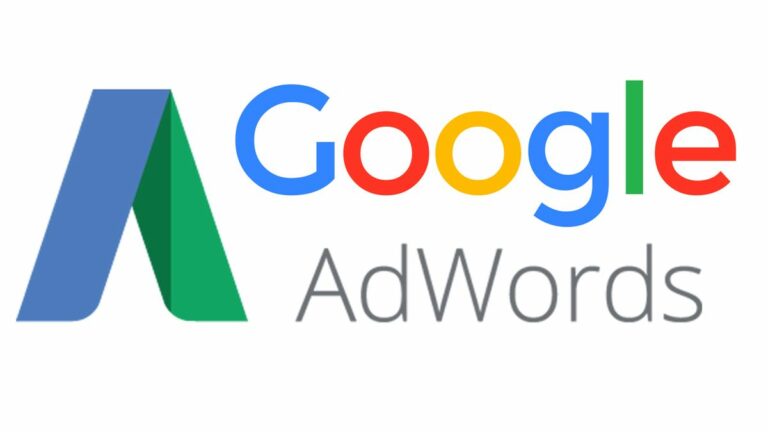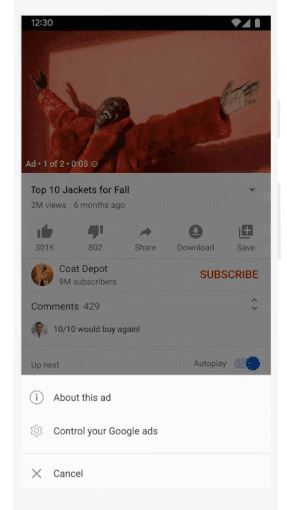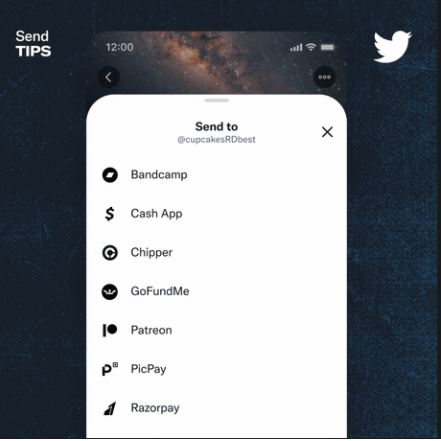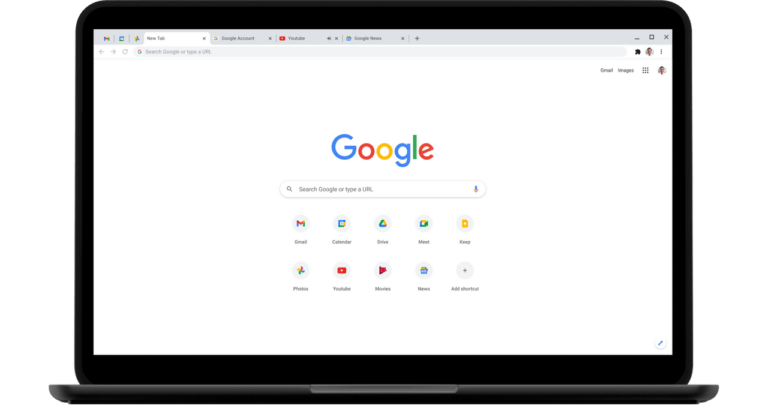YouTube Shorts: An Introductory Guide
YouTube launched the beta version of Shorts in India on Sept. 14, 2020, prompting some people to ask, “What is YouTube Shorts?”
Then, YouTube rolled out Shorts in the United States on Mar. 18, 2021. And some skeptics began to ask, “Can YouTube Shorts be monetized?”
What is YouTube Shorts?
In the post announcing “a new way to watch and create videos on YouTube,” Chris Jaffe, the VP of Product Management, said, “Shorts is a short-form video experience for anyone who wants to create short, catchy videos using nothing but their mobile phones.”
So, what’s the big deal?
As Jaffe explained at the time, “Creation is at the core of short-form video, and we want to make it easy and fun to create Shorts. We’re starting to test just a few new tools for creators and artists with our early beta in India:
- “A multi-segment camera to string multiple video clips together,
- The option to record with music from a large library of songs that will continue to grow,
- Speed controls that give you the flexibility to be creative in your performance,
- And a timer and countdown to easily record, hands-free.”
Can YouTube Shorts Be Monetized?
Fortunately, this question was answered on May 11, 2021, when YouTube introduced a $100 million Shorts Fund, which will be distributed over the course of 2021-2022.
Anyone is eligible to participate in the fund simply by creating unique Shorts that delight the YouTube community.
Amy Singer, Director of Global Partnership Enablement for YouTube Shorts, said in a post introducing the YouTube Shorts Fund,
“Each month, we’ll reach out to thousands of creators whose Shorts received the most engagement and views to reward them for their contributions.”
(A channel’s Shorts will count toward their monthly performance each month viewers watch them, not just the month they were uploaded.)
Source: YouTube Shorts: An Introductory Guide
5 ways to maximize your Google Search ad spend performance
As we approach the end of the calendar year, marketers are looking to squeeze every ounce of performance from their paid search campaigns. With this focus comes the risk of wastage or ineffective regional campaigns – all putting 2022 budgets at risk.
Join this session to hear five cutting-edge tactics to improve your spend efficiency. Each section will profile use cases, Adthena data and tips for the audience to apply in their day-to-day.
Register today for “5 Tips to Max your Google Ads Search Spend Efficiency and Grow,” presented by Integrate.
Source: 5 ways to maximize your Google Search ad spend performance
Google Answers if Links or Content Determine E-A-T Scores
What’s E-A-T?
E-A-T is an abbreviation for Expertise, Authoritativeness and Trustworthiness. They are qualities that Google’s third party Quality Raters are tasked to look for when evaluating websites ranked with new algorithms that are being tested.
E-A-T is an ideal that Google has for sites that are ranked, particularly in search results for sensitive topics like health and finance.
What’s Up With E-A-T?
The person asking the question was trying to find out what SEO or technical factors might be involved with obtaining a high E-A-T score.
John Mueller Explains E-A-T
“So E-A-T is an abbreviation for Expertise, Authority and Trustworthiness. It’s something that comes from our quality rater guidelines.”
Quality Raters Guidelines Do Not Offer Algorithm Insights
Mueller next debunks the idea that the Quality Raters Guidelines (QRG) contain insights into Google’s algorithms and explicitly says that the QRG is not a handbook to Google’s algorithm.
There is No Such Thing as an E-A-T Score
Mueller next makes it clear and without ambiguity that Google does not have E-A-T scores.
He underlines the point that E-A-T is something the quality raters look at but that there’s no SEO related factor involved.
E-A-T is a Guide and Not a Ranking Factor
Google encourages publishers to use the Quality Raters Guidelines as an inspiration for how to critique their own sites.
John Mueller’s comments about E-A-T align with that encouragement, especially for those whose content is on sensitive topics.
The QRG was developed to provide an objective way to rank search results of new algorithms that are under evaluation.
Source: Google Answers if Links or Content Determine E-A-T Scores
Gutenberg 11.6 Improves the Global Styles UI, Adds Child Theme Support
Gutenberg 11.6 landed yesterday. Contributors added dozens of enhancements and bug fixes. Admittedly, there was not a whole lot that excited me as a user about this release.
Typography options for the Post Title block. Nice.
Cropping for the Site Logo. A necessary addition.
Toolbar button for converting old Gallery blocks to the new — still experimental — format. Sweet.
Global Styles Updates
Gutenberg 11.6 adds a navigation component to the Global Styles sidebar. Overall, it feels much smoother working through the top and sub-levels while editing my theme’s styles.
Contributors also updated the old “Aa” icon representing the Global Styles panel with a half-dark-half-light circle button. My immediate reaction was that it was for switching between light and dark modes.
Block Child Theme Support
Templates, template parts, and theme.json files from a child theme should now completely overrule those from the parent. These changes work on both the front end and in the site editor.
Some open questions are being worked through in a related GitHub ticket. The most crucial development is still to come, which will handle merging values between the parent and child theme.json files. For example, it makes sense that child themes should be able to overwrite colors and typography while skipping definitions for layout-related values, falling back to the parent.
Once that is in place, designers will have an easy-yet-powerful way to realize the original vision behind CSS Zen Garden, a project that at least partially inspired child theming’s adoption by WordPress.
Source: Gutenberg 11.6 Improves the Global Styles UI, Adds Child Theme Support
Snap thinks AR will become the new norm in online shopping
Speaking at the TNW 2021 conference, Jacqueline Rutgers, Head of Marketing, Northern Europe – Snap Inc., said that more than 200 million users engaging with AR every day. Plus, 94% of shoppers who’ve used any AR features, will be happy to do it again. She believes AR would be a norm amongst brands:
Leading brands are already leaning into AR to create brand awareness and introduce new products to customers, wherever they are, at scale with measurable results. Some of you might already be doing the same, and doing extraordinary things with AR. But my hope is that soon, it won’t be just some of you, it will be all of you.
Rutgers said that if your favorite sneakers brand is launching a new pair, you can easily try them through AR lenses, and get your friends’ opinion — which, according to her, is seven-time more powerful than an influencer’s opinion.
Plus, AR experiences can give you a conscious choice of engaging with ads instead of removing them.
Source: Snap thinks AR will become the new norm in online shopping
Instagram now lets you add Messenger contacts to groups
Facebook began merging Messenger and Instagram DMs last year. The company said today that more than 70% of Instagram users have opted into this experience.
The company also launched the ability to create cross-app groups on both apps today. This means you can create a group on Instagram DMs with your Messenger contacts, and vice versa. There will also be group typing indicators to show you who’s tying the next message. This makes it easier to include some folks who might not be using one of the platforms.
Facebook is also introducing polls in Instagram DM, so you can decide on the next restaurant you can visit or the next movie you’re going to watch.
For personalization, the company is introducing J Balvin theme on Instagram and Astrology Art Suite on Messenger, which includes stickers and AR effects. This adds to the already existing Cottegecore theme launched earlier this year.
Source: Instagram now lets you add Messenger contacts to groups
More News:
The 5 Paid Ad Channels You Need to Incorporate Right Now
Facebook changes business ad options in reaction to iOS updates

